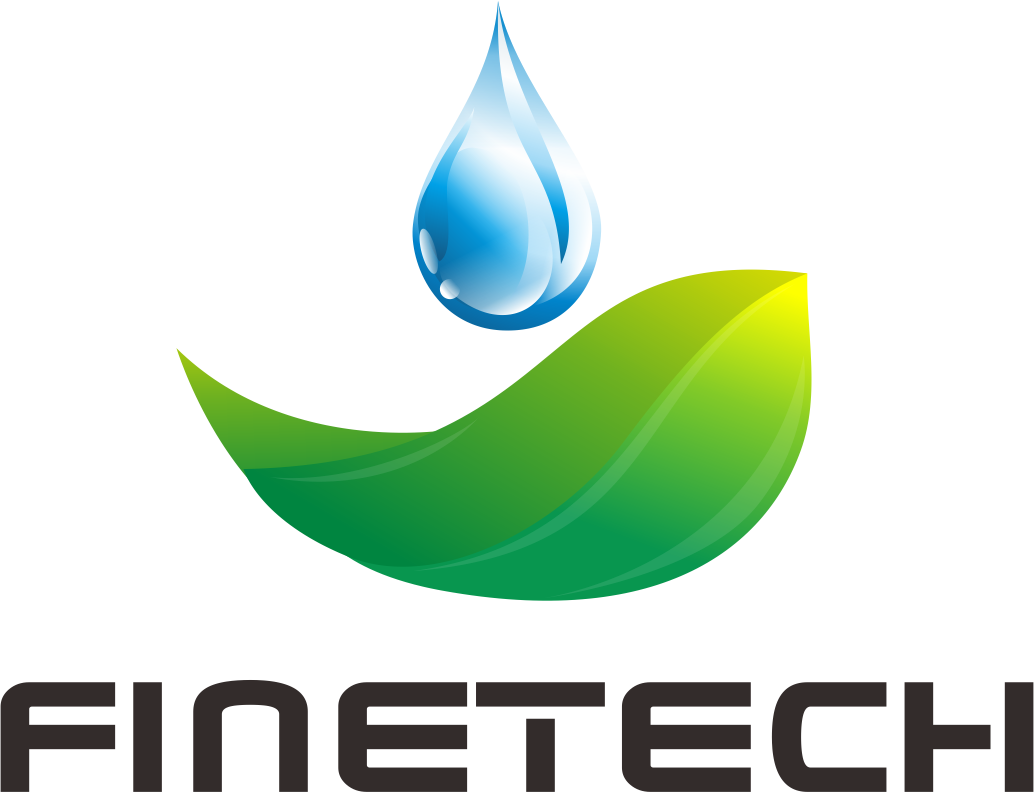Struggling with food browning or flavor loss? Need to extend shelf life effectively? Sodium erythorbate is a smart choice.
Use sodium erythorbate for its strong antioxidant action. It preserves food color and flavor, speeds up meat curing, extends shelf life, and is very cost-effective.
At FINETECH, we often recommend sodium erythorbate to clients. It solves common quality and shelf-life issues effectively. Let's quickly see why it's so valuable.
How Does Sodium Erythorbate Prevent Food Spoilage?
How does this additive keep food fresh? What's the science? Let's quickly look at how sodium erythorbate works.
Sodium erythorbate fights spoilage as an antioxidant. It scavenges oxygen, stopping reactions that cause rancidity and color loss, and can indirectly limit some microbes.
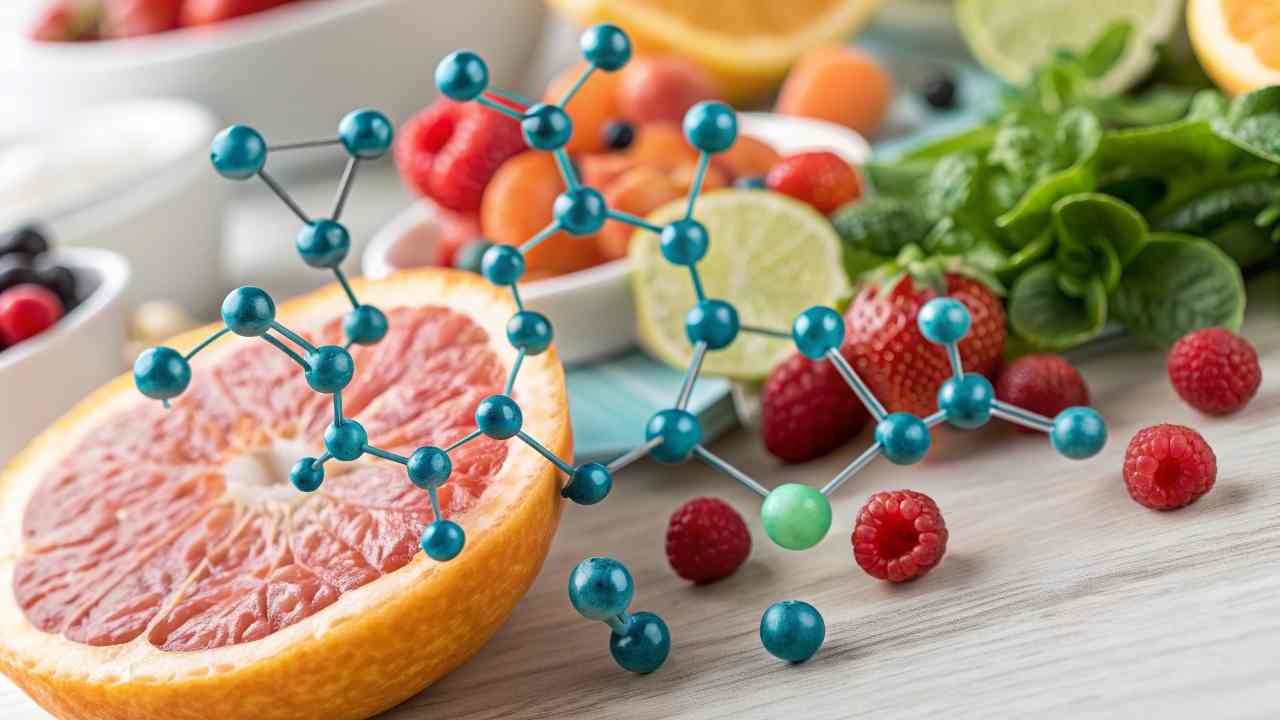
Sodium erythorbate is mainly an oxygen scavenger1. Oxygen causes:
- Rancidity: Fats/oils spoil. Sodium erythorbate reacts with oxygen first, protecting them.
- Discoloration: Food colors (especially in meats, fruits) fade or brown. It prevents this.
- Vitamin Loss2: Protects oxygen-sensitive vitamins.
In cured meats3, it speeds up the conversion of nitrite to nitric oxide. This develops the pink cure color faster, reduces residual nitrite, and inhibits harmful bacteria. While not a direct antimicrobial, by removing oxygen, it makes conditions less favorable for some spoilage microbes.
Spoilage Prevention:
| Issue | How Sodium Erythorbate Helps |
|---|---|
| Rancidity | Stops fat oxidation |
| Discoloration | Preserves color |
| Flavor Loss | Prevents oxidative changes |
| Curing (Meats) | Speeds up color development |
Which Food Products Benefit Most from Sodium Erythorbate?
Which foods get the biggest boost from this additive? Where is it most effective? Let's pinpoint the key products.
Processed meats (sausages, bacon), drinks (juice, beer), baked goods, canned produce, and sauces greatly benefit from sodium erythorbate's antioxidant and color-fixing abilities.

It's widely used in:
- Processed Meats: Essential for cure color, preventing rancidity and fading in sausages, ham, bacon.
- Beverages: Prevents browning/flavor changes in juices; stops staling in beer/wine.
- Baked Goods: Prevents rancidity in fatty baked items.
- Canned/Frozen Fruits & Veggies: Stops browning, preserves color/Vitamin C.
- Sauces & Dressings: Protects fats from oxidation in mayonnaise, ketchup.
Top Product Categories:
| Category | Key Benefits |
|---|---|
| Processed Meats | Color stability, cure aid, anti-rancidity |
| Beverages | Color/flavor protection, anti-staling |
| Canned Produce | Anti-browning, color retention |
| Sauces | Anti-rancidity, flavor stability |
What Is the Recommended Dosage of Sodium Erythorbate for Optimal Results?
Unsure how much sodium erythorbate to use? Want best results without waste? Let's discuss typical dosage.
Dosage varies by food, usually 200-550 ppm. Using the minimum effective level is key for best results, cost, and following rules. Always check local regulations.
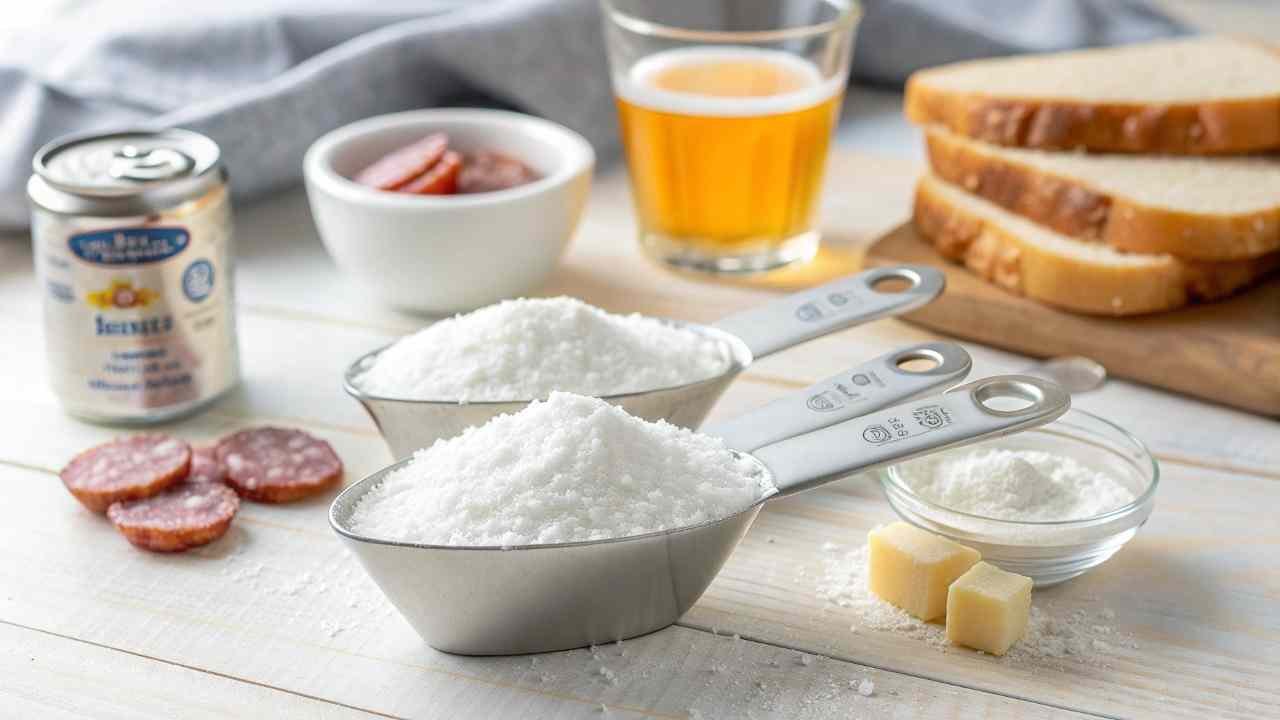
Optimal dosage depends on food type, processing, shelf life goal, and regulations. General ranges:
- Processed Meats: Often 500-550 ppm (near max regulatory limits in US/EU).
- Beverages: Lower, around 50-200 ppm.
- Canned Produce: Around 200-500 ppm.
Always use the minimum effective level4 per Good Manufacturing Practice (GMP). Regulatory bodies like FDA (US) and EFSA (EU) set maximum limits for different foods. FINETECH helps clients understand these.
Dosage Examples (ppm):
| Food Type | Typical Range |
|---|---|
| Processed Meats | 500 - 550 |
| Beverages | 50 - 200 |
| Canned Produce | 200 - 500 |
Is Sodium Erythorbate More Effective Than Other Food Preservatives?
How does sodium erythorbate compare to others? Is it your best pick? Let's see its strengths versus alternatives.
Sodium erythorbate is a top antioxidant and cure accelerator, often better for meat color than Vitamin C and more cost-effective. It's not a strong direct antimicrobial like sorbates.
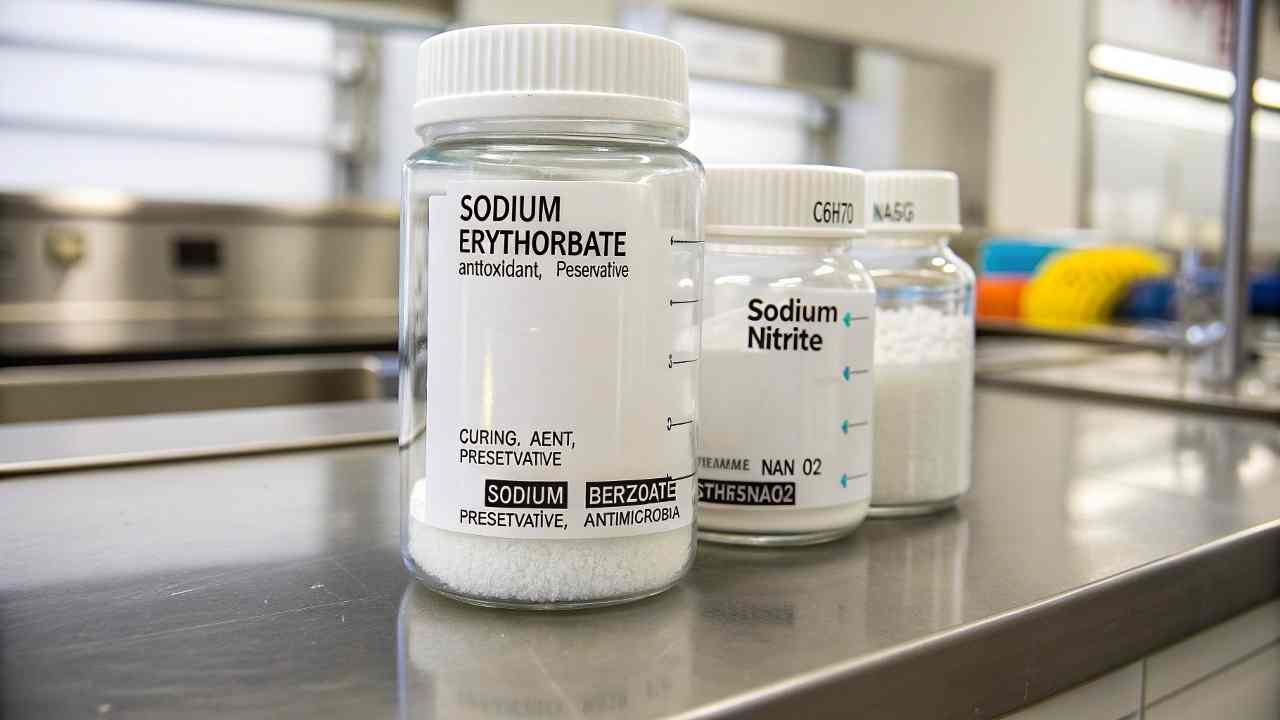
- vs. Ascorbic Acid (Vitamin C): Similar antioxidant. Sodium erythorbate is often more cost-effective and sometimes slightly better for meat curing. Ascorbic acid provides Vitamin C nutrition; erythorbate does not.
- vs. Sulfites5: Sulfites are strong antioxidants and antimicrobials but are allergens. Sodium erythorbate is not a major allergen, a big advantage.
- vs. Synthetic Antioxidants (BHA/BHT): These are potent in fats. Sodium erythorbate often has better consumer perception ("cleaner label") and works well in water-based systems.
- vs. Antimicrobials (Sorbates, Benzoates): These fight microbes directly. Sodium erythorbate is mainly an antioxidant. They are often used together.
Comparison Snapshot:
| Compared To | Sodium Erythorbate Advantage |
|---|---|
| Ascorbic Acid | Cost, sometimes meat cure speed |
| Sulfites | Not a major allergen |
| BHA/BHT | Better consumer view, water-use |
| Sorbates/Benzoates | Strong antioxidant (they are not) |
It excels in preventing oxidation and color loss cost-effectively.
Is Sodium Erythorbate Approved by Global Regulatory Agencies?
Can you use sodium erythorbate in exported foods? Is it legal worldwide? Let's check its global approval status.
Yes, sodium erythorbate is widely approved by major global agencies like FDA (USA), EFSA (EU), and JECFA (WHO/FAO) as a safe food additive within set limits.
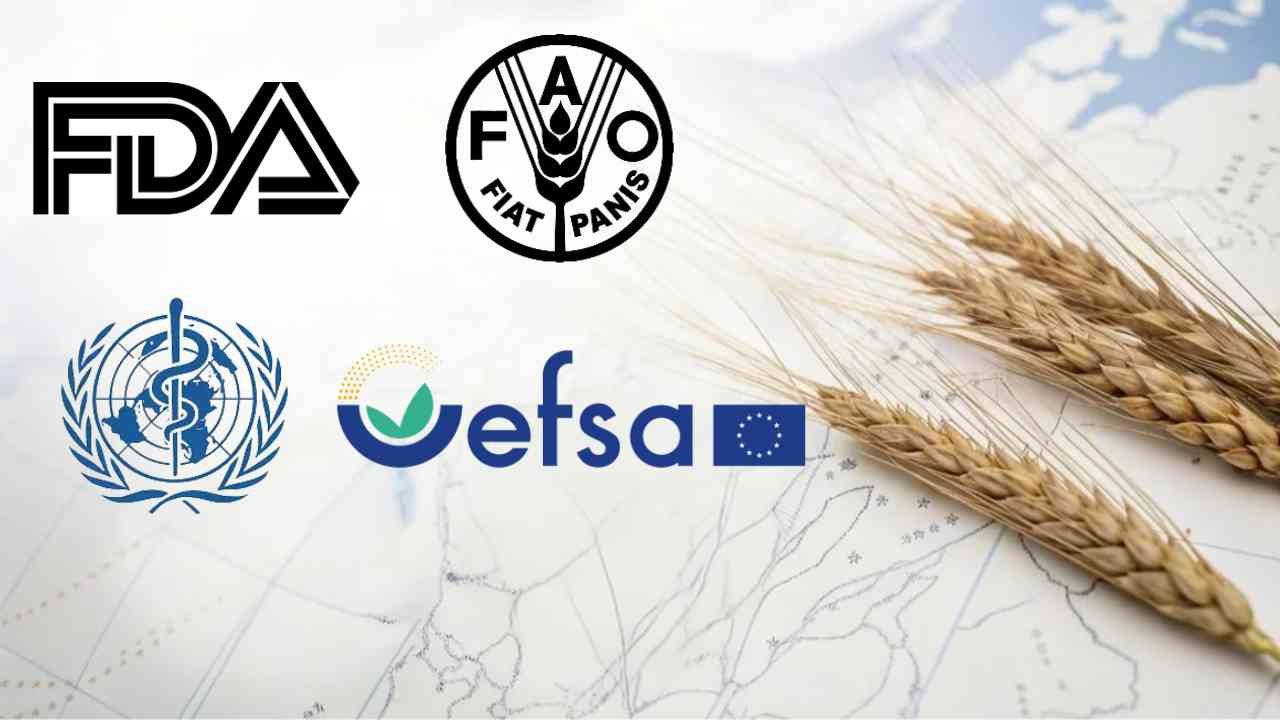
Sodium erythorbate has broad international acceptance:
- JECFA (WHO/FAO): Evaluated as safe, ADI 0-6 mg/kg body weight.
- FDA (USA): GRAS (Generally Recognized As Safe). (e.g., 21 CFR 182.3731).
- EFSA (EU): Approved food additive (E 316).
- Codex Alimentarius: Included in GSFA (global food standards).
- Other Countries: Approved in China (GB 2760), Canada, Australia, and many nations in the Middle East & SE Asia, often aligning with major international bodies.
This widespread approval ensures it can be used confidently in foods for global markets. FINETECH guarantees our sodium erythorbate meets these international standards.
Global Approval Summary:
| Agency/Region | Status | E-Number / Ref. |
|---|---|---|
| JECFA | Approved, ADI set | - |
| USA (FDA) | GRAS | 21 CFR 182.3731 |
| EU (EFSA) | Approved Additive | E 316 |
| Codex | Approved in GSFA | INS No. 316 |
| China | Approved | GB 2760 |
Conclusion
Use sodium erythorbate: it's a powerful, cost-effective antioxidant. It preserves food color, flavor, speeds meat curing, extends shelf life, and is globally approved.
-
Understanding oxygen scavengers can enhance your knowledge of food preservation techniques and their benefits. ↩
-
Learning about vitamin loss can inform better food storage practices to retain nutritional value. ↩
-
Exploring this link will provide insights into how cured meats enhance flavor and safety in food preservation. ↩
-
Understanding the minimum effective level is crucial for compliance with GMP and ensuring product safety. Explore this link for detailed insights. ↩
-
Understand the health risks of sulfites, especially for those with allergies, and consider safer alternatives like Sodium erythorbate. ↩
